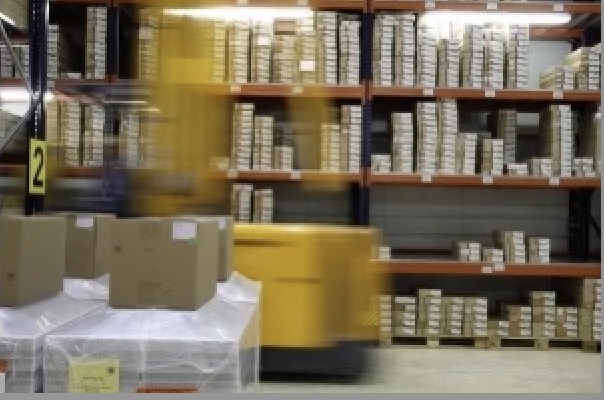We will study the management and technical aspects of transport logistics. The more steps in the process, the more you need to simplify the process. This goal will help you achieve your supply chain management goals, and it will also help you solve problems that arise.

Here are some great tips that will help you with shipping logistics management and actual shipping.
Identify transportation logistics goals before implementing a new strategy
The success of the transportation logistics sector will depend on a company's ability to move goods from one location to another and follow customer expectations. The main goal is to build strong customer relationships. Other goals can include improving efficiency and generating revenue.
A good place to start is to define goals for your transportation and logistics department. When setting goals, it's important to choose goals that will help achieve your company's overall goals. A good way to do this is to examine all aspects of the supply chain, including service parts logistics and planning from then on.
Use contingency plans to your advantage
There is no foolproof plan, especially when working in the field of logistics. It's impossible to predict and prevent every little thing, so it can't go wrong. Unforeseen circumstances will always arise when running a business.
You don't have to wait until problems arise to deal with them, you should play offense because that's how you're going to defend yourself. A great way to solve problems in real time is to have a contingency plan.
Leverage business automation software and applications
Just like every other industry in the world, companies in the transportation and logistics industry are shifting from manual labor to automation. Business automation is a great tool because it takes the guesswork out of your supply chain management by collecting and analyzing data from different perspectives and sources.
You can use some applications in inventory and fleet management. It will also give you insights like where things break down when you get customers complaining that you failed to deliver.
Staff communicate regularly
Their actions will have a direct impact on your service process. When you empower your employees to perform their jobs and communicate, you'll increase your efficiency and effectiveness, and your customers will notice it.
If you want an open chain of communication, you should have a conversation first. Managers should talk to employees on a regular basis.
You don't have to spend a lot of time communicating, but you should take advantage of the brief time with your team or employees. Live meetings and compliance meetings are some great examples of communicating directly with them. This will affect them.
When talking to employees, they start sharing important information with each other. This can greatly improve customer service and morale.
Communication is very powerful because it can make or break a relationship. Try to strengthen it to propel your company forward.
Ensuring customers stay "in the loop"
Good customer service is one of the most important things when it comes to transportation logistics management. Your most valuable asset is your customers. They are your revenue generator, and they will use word-of-mouth reviews and social media to influence peers and colleagues.
That's why the industry is pushing for full transparency throughout the buying process. When you let customers know their delivery status every step of the way, it will ease their anxiety post-purchase and pre-receipt. It's also an opportunity to follow up and stand out from the competition.
If they have any concerns or questions, you need to set up a communication system with tracking numbers, confirmation emails, and contact information.
Capture service delivery leads from competitors
Watching your competitors is a great way to get ideas. Take a look at how they manage their shipping logistics and see if there are any ideas to improve their own processes. It's also a great way to determine what gives you an edge over their product.
Use data collection and analysis to improve results
No logistics network optimization can be said to be complete without covering the data logging tools used to manage the environmental monitoring of specific industries. This will help you achieve a sounding board for measurement, insight and analysis. An important part of managing supply opportunities is situation monitoring as it increases your workload.
Final Considerations and Thoughts
Logistics management and shipping is a big business area that takes time and effort to ensure your customers are satisfied. These two fields must work together for the best results.




